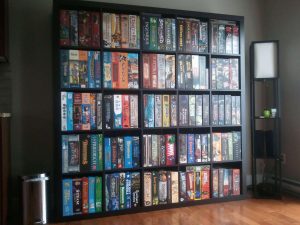
Who Is Behind This Site?
Hey there, my name is Byron Raal and I am the person behind this website. I started playing board games as a young teen over 18 years ago and since then they have become a very important part of my life. On this site I will share some of my knowledge and experiences with you and hopefully introduce you to an awesome new game or inspire you too try a different aspect of this brilliant hobby!
Review Categories
Board Games
We help you find the best board games for you depending on number of players, genre or theme.
Board Games
We help you find the best board games for you depending on number of players, genre or theme.
Explore This Category
Miniatures
Miniatures, paint brushes, primers and paints. We talk you through what you need to create and customize the perfect table-top miniatures.
Miniatures
Miniatures, paint brushes, primers and paints. We talk you through what you need to create and customize the perfect table-top miniatures.
Explore This Category
RPG's
If you like role playing games like dungeons and dragons, then this section of our site is for you. We discuss all things pen and paper RPG!
RPG's
If you like role playing games like dungeons and dragons, then this section of our site is for you. We discuss all things pen and paper RPG!
Explore This Category
Let's Be Friends
Facebook-f Twitter Pinterest
Amazon Associates Disclaimer
As an Amazon Associate I earn from qualifying purchases.






